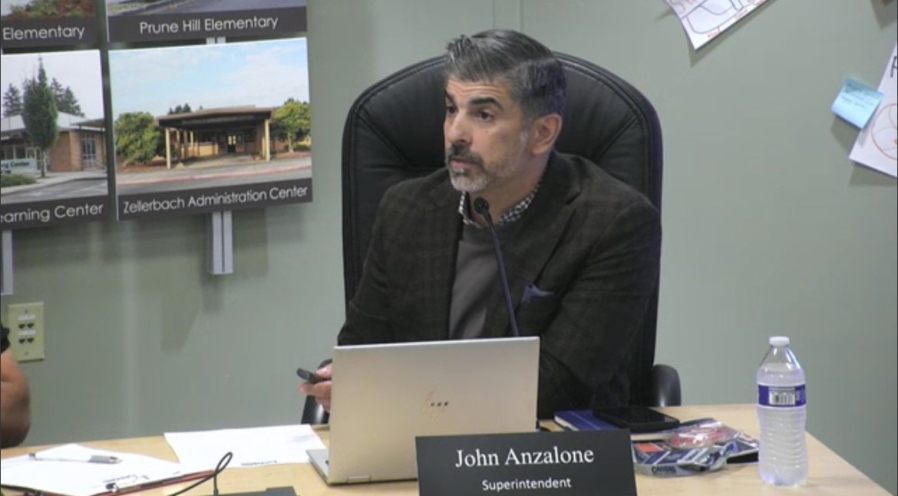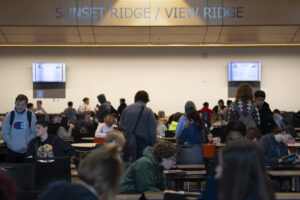The Camas School District’s four-year budget projection shows tough financial times ahead.
“As we’ve known, our district’s financial health is on the decline,” Camas School District (CSD) Superintendent John Anzalone told the Camas School Board this week, blaming “rising costs, lagging revenues and a state-funding model that is not aligned with … the real-world costs of running a school district.”
“Actions must be taken to eliminate the 10 percent, or $14 million, gap,” Jasen McEathron, the district’s business services director, told the Camas School Board on Monday, Aug. 26. “We cannot spend more than we receive in revenues any longer. We are taking immediate cost-savings measures for 2024-25 ahead of more significant budget cuts to fiscal year 2025-26.”
Anzalone said the district plans to use money from its general fund reserves to make up for a $7.2 million budget deficit heading into the 2024-25 school year, which begins Tuesday, Sept. 3, but is facing significant budget cuts to the 2025-26 budget to avoid going into what is known as “binding conditions” with the state.
“Essentially, a district is bankrupt at this point,” McEathron said of going into binding conditions, explaining that, when a school district cannot balance its budget and has dipped too far into its reserves, it would look to binding conditions to help avoid a financial crisis.
McEathron said Washington school districts rarely entered into this type of financial situation in the past, but that it is becoming more common as school districts across the state, including in Camas and Washougal, struggle to keep up with increasing costs and decreasing student populations.





